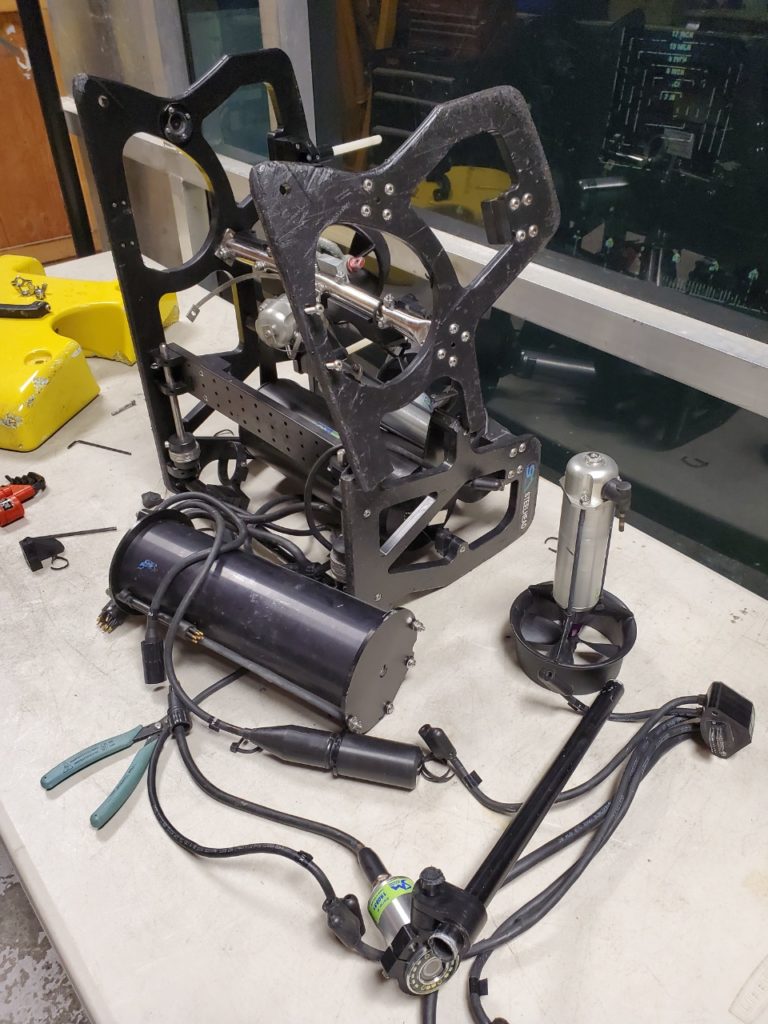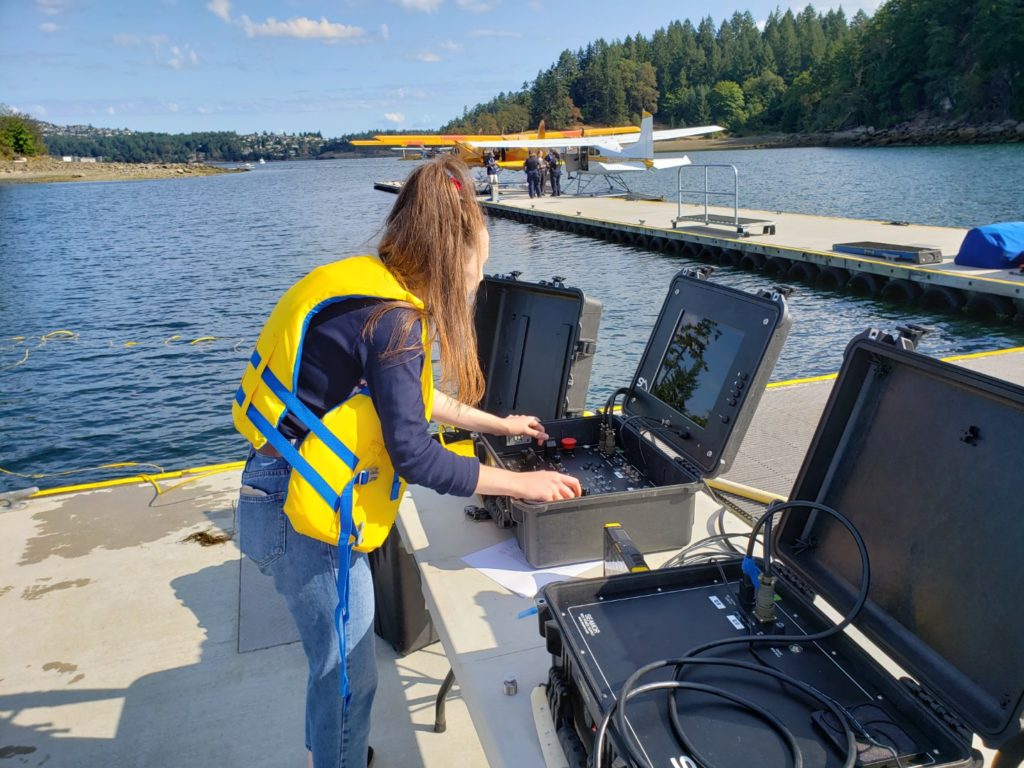ROV Care? What does that mean? Remotely Operated Vehicles are commonly used in various industries such as offshore oil and gas, infrastructure inspection, and scientific research. These industries require ROVs to operate in harsh environments such as deep oceans, where the pressure and temperature can be extreme. Over time, the harsh environmental conditions can impact the performance and longevity of the ROV. Ultimately, it leads to malfunctions and breakdowns.
Plan for ROV Repairs
It is important to plan for repairs for your ROVs. Breakdowns can result in costly downtime, loss of valuable data, and can potentially cause safety hazards. Each ROV model has its strengths and weaknesses, it is important to know those for your ROV. Having a maintenance plan in place helps prevent unexpected failures and ensures your ROV is always in good working condition.
Working with a company like SEAMOR Marine, which provides great customer service, can greatly benefit ROV owners. SEAMOR Marine’s experienced technicians can quickly diagnose and repair any issues with the ROV, minimizing downtime and ensuring that the ROV is back in operation as soon as possible. Additionally, our company’s customer-focused approach means that we will go above and beyond to provide the support and guidance needed to keep the ROV running smoothly.

Here are some ROV care tips that can help:
- Regular maintenance is crucial for ensuring the ROV operates effectively and efficiently. This includes checking for any signs of wear and tear, and addressing them promptly. Follow your manufacturer’s guidelines.
- Store the ROV in a dry and secure location when it is not in use. This can help protect it from damage, as well as extend its lifespan.
- Handle the ROV with care during deployment and retrieval. Rough handling can result in damage to the cables, control systems, and other components.
- Proper cable management is important for avoiding damage to the ROV’s umbilical cables. This includes coiling the cables neatly and avoiding sharp bends or twists in the tether.
- Overloading the ROV can put strain on its components and result in damage. Ensure that the ROV is operated within its specified weight and size limits. An overloaded ROV is not easy to fly either.
- Rinse the ROV after every use to remove any debris or buildup that could cause damage or impede its performance. Think of the salt, other minerals, and anything else floating around in the water. You would not want to soak in it and neither does your ROV.
- Regular software updates can help fix any bugs and improve the performance of your ROV and its accessories.
By following these tips, you can help ensure that your ROV operates effectively and efficiently, and minimize the need for repairs. If you are unsure, working with a new ROV model, or simply would like some training – give us a call.
In conclusion, the harsh environmental conditions of underwater operations can take a toll on ROVs over time. Planning for repairs and working with a company like SEAMOR Marine, with excellent customer service, can help prevent unexpected breakdowns, minimize downtime, and ensure the ROV is always in good working condition.

